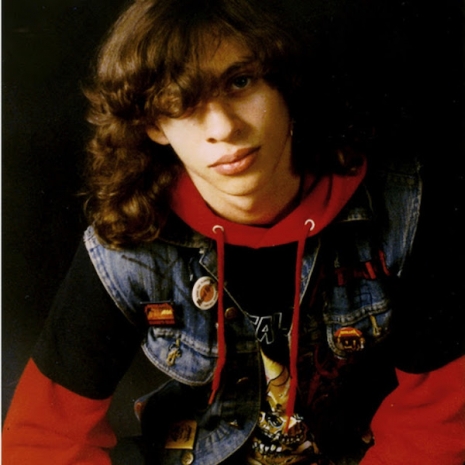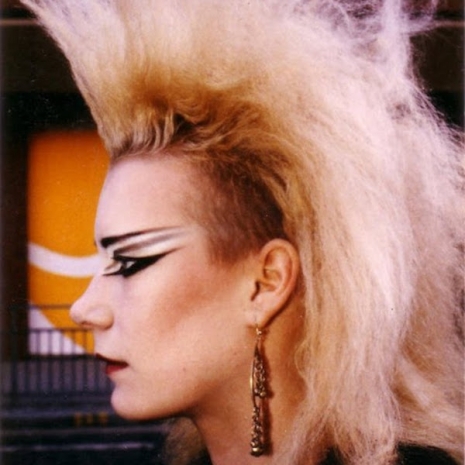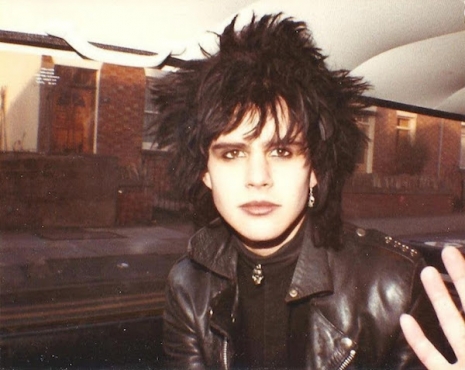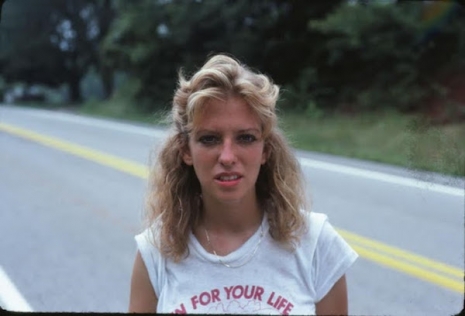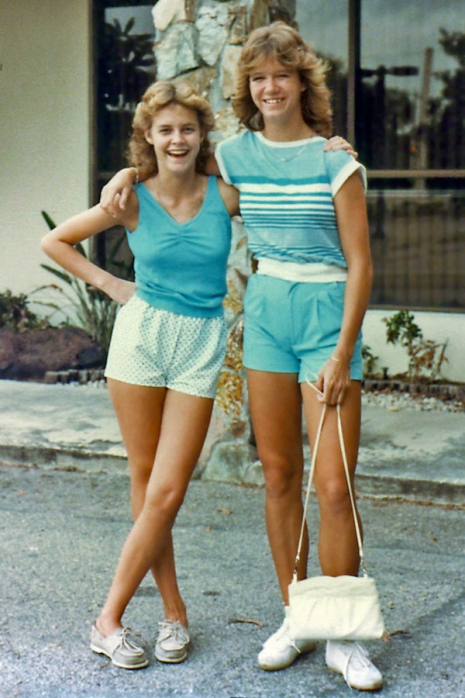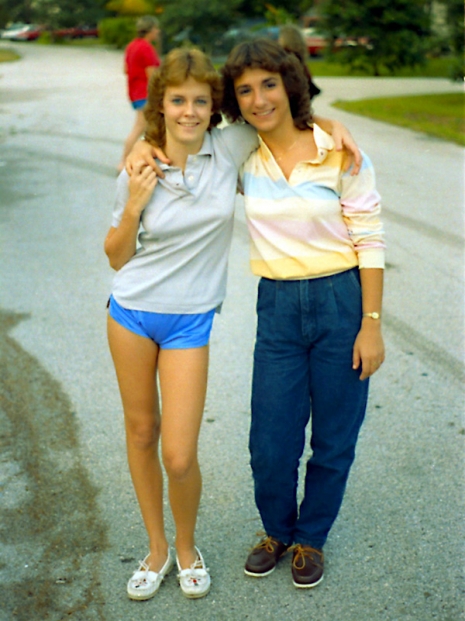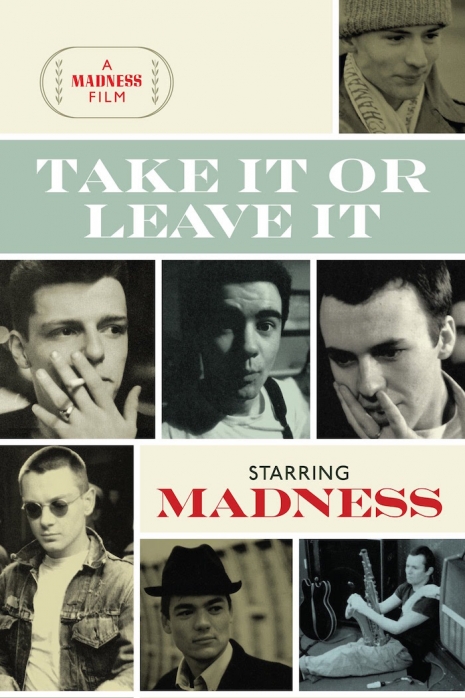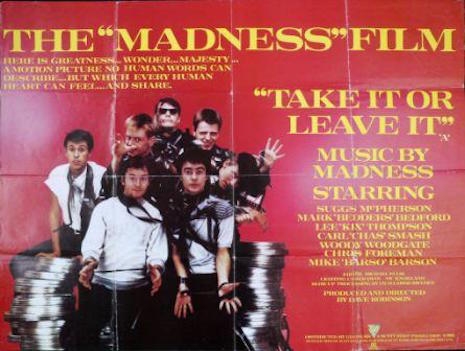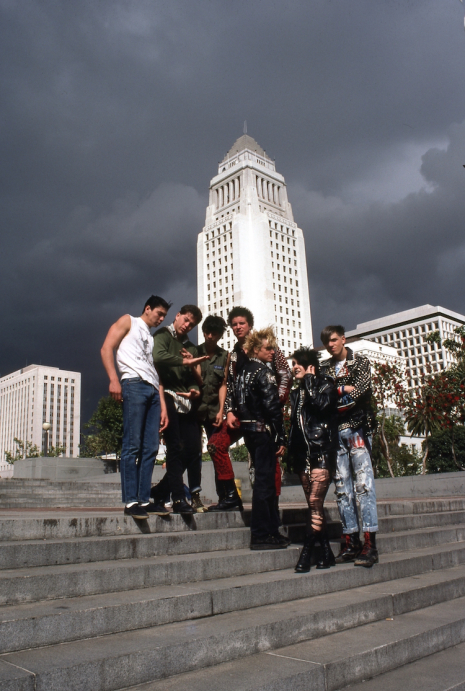
Most journalists, bloggers, writers, and what-have-yous hope to find that one special thing very few people know about and get the opportunity to bring it out to the attention of a wider audience. It’s the one big story most hope to get at some point in their careers. Rarely do stories fall into laps, they have to be earned, written, shaped and created. But then again, sometimes you get lucky.
A couple of weeks ago, I was friended-up on social media by a guy called Immanuel Martin. I had no idea who he was or why he’d think I’d ever be fun to know. A day or so later, a message popped up in my in-tray. It was from Martin. He sent me an email detailing the life and work of a photographer he knew called Mary Lou Fulton. She was now in her eighties and living with her family in California. Martin explained how he had met Fulton when she worked as a photo-journalist back in the 1980s. He said that she had documented the punks, the mods and rockabilly gangs who hung around Los Angeles. Her work had been published in L.A. Weekly. Martin was one of the young teenage punks Fulton had photographed. He first met her and journalist Patrick McCartney at a Social Distortion and Redd Kross gig in January 1983.
“Like many punk shows in LA,” wrote Martin, “that particular night ended up with the LAPD arriving to shut the show down and then ensuing chaos as the LAPD overreacted and the punks rioted. It was across the street on Sunset Blvd where Mary Lou and Pat McCartney caught up with my friends and I for an interview. Mary Lou snapped several photographs and we chatted. Though Mary Lou and Pat were in their 40s, my friends and I were impressed with their genuine interest in our subculture and non-judgmental attitude. They seemed to have real empathy and understanding for us as kids just trying to be who we were but facing constant harassment by the LAPD and media seeking to paint punks in the worst possible light.”
In Reagan’s America there was no place for disaffected youth. Punk was seen as the lowest of the low and considered by some as a genuine threat to the stability of honest, decent, hard-working Americans, kinda thing. It was the same old BS that’s been spun since Cain and Abel.
A month or so later, Martin caught up with Fulton and McCartney again, this time at an Exploited gig at Huntington Park’s Mendiola’s Ballroom.
“It was an epic bill that night,’ said Martin. “with local LA punk bands, CH3, Youth Brigade, Aggression and Suicidal Tendencies. However only Suicidal Tendencies got to play before the LAPD showed up to shut the show down. They arrived in massive force with it seemed only one intention; to beat anyone they came across without regard for their affiliation to the event. The events that night are well documented so I won’t give a play-by-play here. However it was that night, that Mary Lou and Pat McCartney, journalists, faced the same LAPD violence that we faced. Both were viciously struck by the cops with their batons. Mary Lou ended up in the hospital with a broken rib.”
That night was later documented in an article written by McCartney with Bob Rivkin called “Cops and Punks: Report from the War Zone on the Destruction of a Subculture” in October 1983. The article was illustrated by a choice selection of Fulton’s photographs.
Mary Lou Fulton started her career working in advertising before she moved to Hollywood to work on commercials and documentaries. She showed considerable talent and a strong artistic flair. Fulton started taking more and more photographs which led her to becoming a photo-journalist traveling the world and working for various magazines and newspapers.
Sometime in the late-seventies/early-eighties she became fascinated by the punk rockers she met and photographed on London’s King’s Road. She liked their style, their vibrancy, and gallus attitude towards life. Back in L.A. she started documenting the local punks and all the other different youth cultures which were then flourishing in the city and becoming more prominent with the rise of MTV.
Martin and Fulton lost contact. He began his own career while Fulton continued with hers. Years passed, until one day around 2006/7, Martin rekindled his friendship with McCartney. They exchanged emails and kept in touch. It was after McCartney’s death that Martin contacted Fulton. They discussed her photographs and the hundreds of pictures she had taken of youth gangs during the eighties. Martin thought it was imperative that Fulton’s work was brought to a wider audience. He tried various sources but none, sadly, showed much interest. That’s when he contacted me. Like Martin, I think Fulton’s work brilliantly captured the energy and camaraderie of the various youth subcultures in London and Los Angeles during the 1980s. Her work deserves recognition for its artistry and cultural importance. Fulton’s work deserves to be seen by as many people as possible. And I hope this little blog here can start something happening.
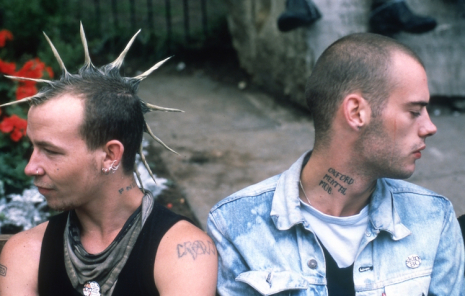
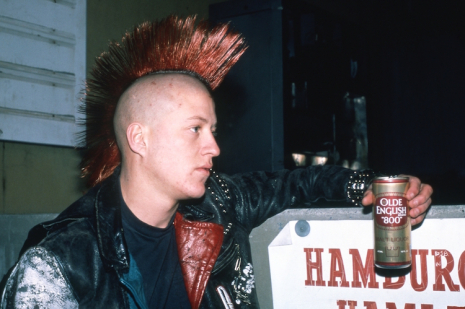
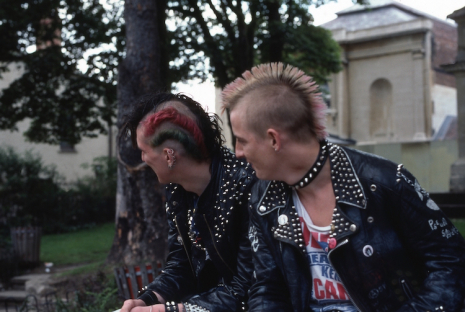
More of Mary Lou Fulton’s photographs, after the jump…






